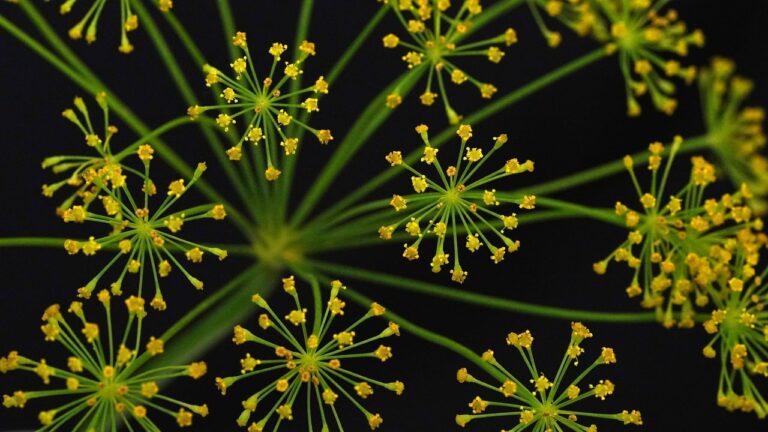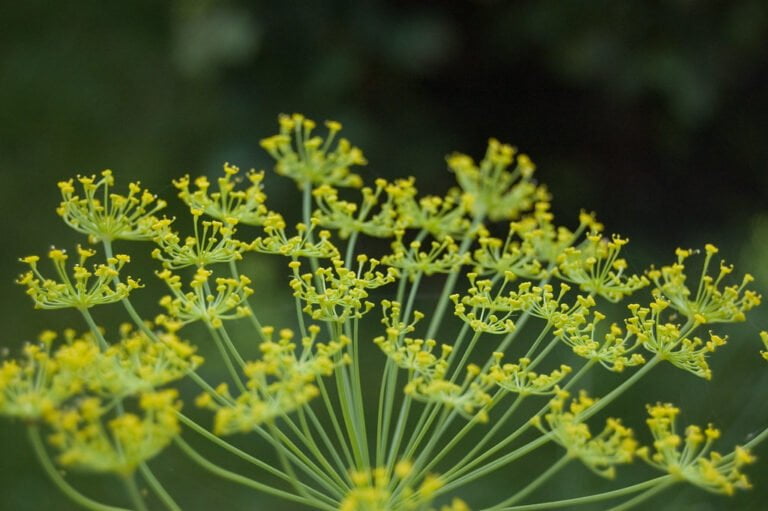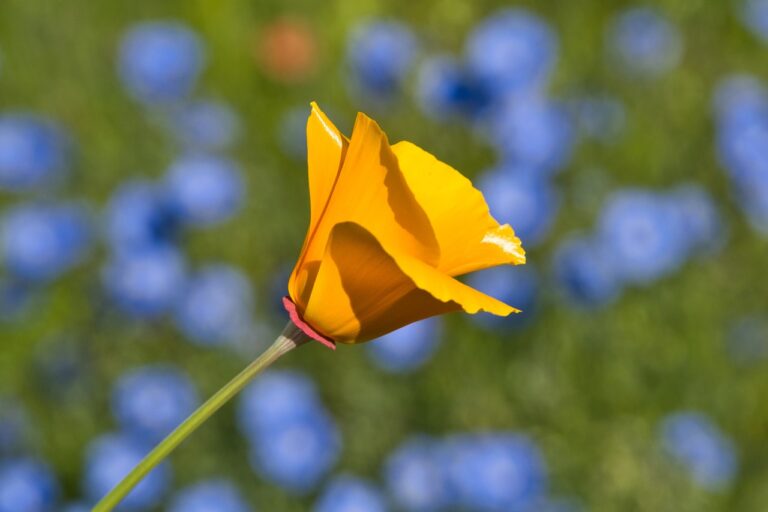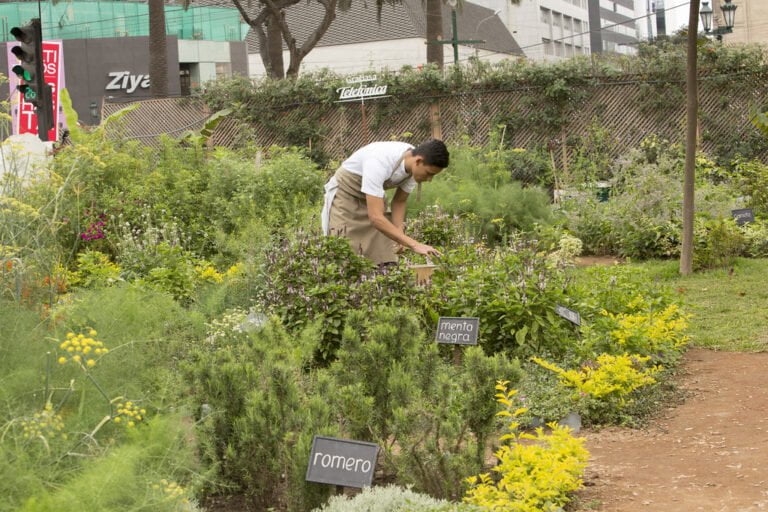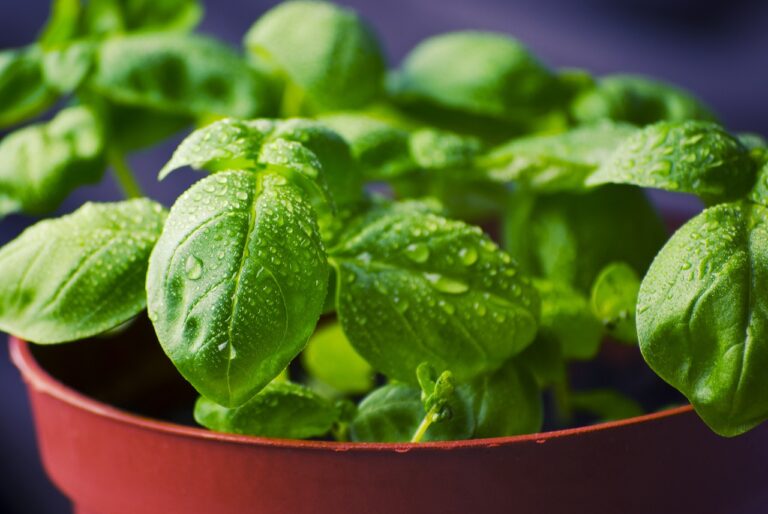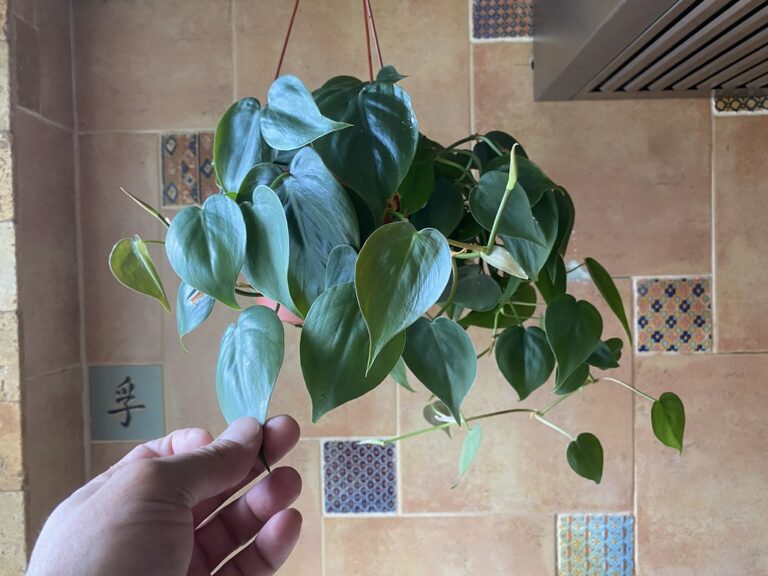A Comprehensive Guide to Propagating Wandering Jew Plants
I’ve got all the details on how to propagate Wandering Jew plants successfully. For the best growth, keep them in bright, indirect light, with temperatures between 73-77ºF and humidity at 85%. Opt for 3-6 inch stem cuttings, apply rooting hormone, and choose water or soil for propagation. Regular misting, pruning for bushier growth, and monitoring root health are key. If you follow these tips, you’ll set yourself up for a thriving Wandering Jew plant collection.
Propagation Environment
When propagating Wandering Jew plants, creating an ideal propagation environment is essential for successful root development and growth. Light plays a vital role, with these plants requiring bright, indirect light for best growth during the propagation process. It is important to place the cuttings in an area where they receive enough light without being exposed to direct sunlight, as this can scorch the delicate leaves.
Maintaining a consistent room temperature is also important for the Wandering Jew plant cuttings to thrive. Keeping the temperature within the range of 73-77ºF creates a warm and stable environment that is conducive to root development. Fluctuations in temperature can stress the cuttings and hinder their ability to establish strong roots.
Humidity levels are another key factor to consider when setting up the propagation environment for Wandering Jew plants. The humidity should be maintained at a minimum of 85% to support healthy growth and prevent dehydration of the cuttings. One way to ensure adequate humidity is by misting the plants regularly. Proper misting helps to provide moisture without creating a soggy environment, which could lead to rotting. By paying close attention to light, temperature, and humidity levels, you can create an optimal propagation environment that encourages successful root development and growth in Wandering Jew plants.
Propagation Methods
To propagate Wandering Jew plants, the preferred method involves using stem cuttings taken from healthy plants with vibrant foliage. When selecting a cutting, opt for a piece that is 3-6 inches long, and make sure to cut it just below a leaf node at a 45° angle for best results. Using rooting hormone on the cut end can help stimulate root growth, increasing the chances of successful propagation.
Once you have your cutting ready, you can choose between two main methods for propagation: water or soil. Placing the cutting in water allows you to observe the root development as it happens, making it a popular choice for beginners. On the other hand, planting the cutting directly into soil can lead to quicker establishment in some cases, as the plant is immediately exposed to the nutrients it needs for root growth.
Both methods have their advantages, so choose the one that best suits your preferences and needs. Whichever method you choose, make sure the cutting receives adequate light and warmth to support healthy root development. Remember to monitor the progress closely to ensure successful propagation of your Wandering Jew plant.
Care and Maintenance
For best growth of your Wandering Jew plant, make sure it gets bright, indirect sunlight and maintains temperatures between 60-75°F. This will help the plant thrive and maintain its vibrant colors. Here are some essential care and maintenance tips to make certain your Wandering Jew plant remains healthy:
- Prune regularly: To encourage bushier growth and prevent leggy stems, it is important to trim your Wandering Jew plant regularly. Trim back any overgrown or dead branches to promote new growth and maintain a compact shape.
- Monitor for issues: Keep a close eye on your plant for common problems such as root rot, fungal infections, and pests. Early detection is key to addressing these issues promptly and preventing them from spreading to the rest of the plant.
- Use a well-draining potting mix: Opt for a well-draining potting mix that includes perlite, peat moss, and organic compost. This type of soil will help prevent waterlogging, which can lead to root rot and other problems.
- Promote healthy root development: Healthy roots are vital for the overall well-being of your Wandering Jew plant. Check the roots periodically to make sure they are firm, white, and free from any signs of decay. Repot the plant if you notice overcrowding or root-bound conditions to encourage healthy growth.
Post-Propagation Care
After successfully propagating Wandering Jew plants, it’s vital to adjust their watering frequency gradually to prevent stress. Light requirements post-propagation should include bright, indirect sunlight to support healthy growth. Additionally, regular pruning and maintenance, like trimming leggy growth and removing dead branches, are essential to guarantee the overall well-being of the propagated plants.
Watering Frequency After Propagation
When tending to newly propagated Wandering Jew plants, make sure the topsoil feels slightly dry before watering to prevent overwatering. It is important to maintain a balanced watering routine to promote the health of the plants. Here are some essential tips to keep in mind:
- Check Moisture Regularly: Monitor the moisture level of the soil consistently.
- Use Room Temperature Water: Avoid shocking the propagated plants by using water at room temperature.
- Adapt to Environmental Changes: Adjust the watering frequency based on environmental conditions and the specific needs of the plants.
- Ensure Proper Drainage: Use a well-draining potting mix to prevent waterlogging and the development of root rot.
Light Requirements Post-Propagation
To guarantee optimal growth and health for your newly propagated Wandering Jew plants, it is essential to provide them with bright, indirect sunlight post-propagation. This plant thrives in a temperature range of 60-75°F (15-24°C), so make sure the environment stays within these limits. Additionally, increasing humidity levels, either through misting or water trays, can support the new growth. Creating a warm, well-lit environment is key to successful post-propagation care. Consistent care, including maintaining the light requirements and ensuring a suitable temperature and humidity level, will help your propagated Wandering Jew plants flourish after rooting. By following these guidelines and providing the necessary conditions, you can enjoy healthy and vibrant Wandering Jew plants in your living space.
Pruning and Maintenance Tips
After ensuring the right light conditions post-propagation, the next step in caring for your Wandering Jew plants is implementing efficient pruning and maintenance techniques for ideal growth and vitality.
- Prune leggy growth: Use pruning shears to trim long, straggly stems to encourage bushier growth and maintain plant health.
- Remove dead branches: Regularly inspect your plant and promptly prune any dead or diseased branches to stimulate new growth and prevent the spread of diseases.
- Transition cuttings gradually: When moving cuttings to new environments, introduce them gradually to prevent shock and help them acclimatize smoothly.
- Use well-draining potting mix: Opt for a mix containing perlite and peat moss to guarantee root development and proper drainage.
Remember to water when the topsoil feels slightly dry to prevent overwatering and maintain adequate moisture levels.
Common Issues
I’ve encountered various common issues when propagating Wandering Jew plants, such as dealing with pests and diseases, managing watering and humidity levels, and ensuring proper light and temperature conditions. Addressing these points diligently can help maintain the health and vitality of the propagated plants. By being aware of these potential challenges and taking proactive steps, I can increase the success rate of propagating my Wandering Jew plants.
Pests and Diseases
Mealybugs, spider mites, and fungus gnats are common pests that can impact Wandering Jew plants.
- Symptoms of pest infestations may include yellowing leaves, webbing, or tiny insects on the plant.
- To combat pests, consider using natural remedies like neem oil or insecticidal soap.
- Regularly inspect the plant for signs of pests and take prompt action to prevent damage.
- Proper care, including maintaining cleanliness and good airflow, can help prevent pest infestations in Wandering Jew plants.
Being vigilant and proactive in pest management is important to maintain the health and vitality of your Wandering Jew plant. Remember to address any signs of infestation promptly to maintain a thriving plant.
Watering and Humidity
Maintain consistent moisture levels by watering the Wandering Jew plant when the topsoil feels slightly dry to prevent overwatering and promote healthy growth. Adequate watering is essential for the development of a Healthy Wandering Jew, as it helps establish a robust root system. Additionally, aim for high humidity levels around 85% to create an ideal environment for root growth. To achieve this, lightly mist the plant to increase humidity without causing waterlogging or dehydration. Proper air circulation is vital to prevent excessive humidity buildup, ensuring the Wandering Jew thrives. Regularly monitor soil moisture levels to avoid waterlogging and adjust your watering routine accordingly to maintain ideal conditions for your plant’s well-being.
Light and Temperature
When guaranteeing the healthy propagation of Wandering Jew plants, it is crucial to provide the proper light intensity and maintain a temperature range of 60-75°F (15-24°C).
- Light Intensity: Wandering Jew plants require bright, indirect sunlight for best growth.
- Temperature Range: Keep a temperature between 60-75°F (15-24°C) for successful propagation.
- Humidity Levels: Maintain humidity levels at least 85% to support root development.
- Air Circulation: Ensure proper air circulation to prevent excess humidity and promote overall plant health.
These elements play a vital role in the successful propagation of Wandering Jew plants, helping to create an environment conducive to their growth and development.
Pruning Tips
To promote bushier growth in your Wandering Jew plant, regularly prune by pinching off the tip of each stem every 4 nodes. This simple technique fosters lateral growth, resulting in a fuller and more compact plant. When pruning, focus on removing any leggy or overgrown stems to maintain a lush appearance and improve the overall aesthetic of your plant.
Pruning plays a crucial role in the propagation of Wandering Jew plants. By consistently trimming the stems, you not only enhance the plant’s appearance but also help distribute energy evenly for healthier growth. This practice ensures that the plant remains vibrant and vigorous, encouraging new growth and preventing it from becoming unruly.
When pruning your Wandering Jew plant, make sure to use clean and sharp scissors or pruning shears to avoid damaging the stems. Cutting just above a node is important to stimulate new growth from that point. Additionally, regular pruning can help prevent the plant from becoming too leggy or sparse, maintaining its attractive appearance.
Expansion and Collection
Expanding your collection of Wandering Jew plants can be easily achieved through stem cuttings. To successfully propagate your plants, follow these steps:
- Collect healthy stems: Look for mature stems that are at least 3-6 inches long. These stems should be free from any signs of disease or damage to guarantee successful propagation.
- Check for multiple nodes: Assure that the cuttings you select have multiple nodes along the stem. These nodes are crucial for root development and will increase the chances of successful propagation.
- Make clean cuts: To prepare your cuttings, use sharp scissors to make precise cuts just below a leaf node. This will promote the formation of roots and support healthy growth.
- Choose your rooting medium: You can propagate your Wandering Jew cuttings in either water or soil. Both methods can be successful, so select the option that works best for you and watch as your collection expands.

